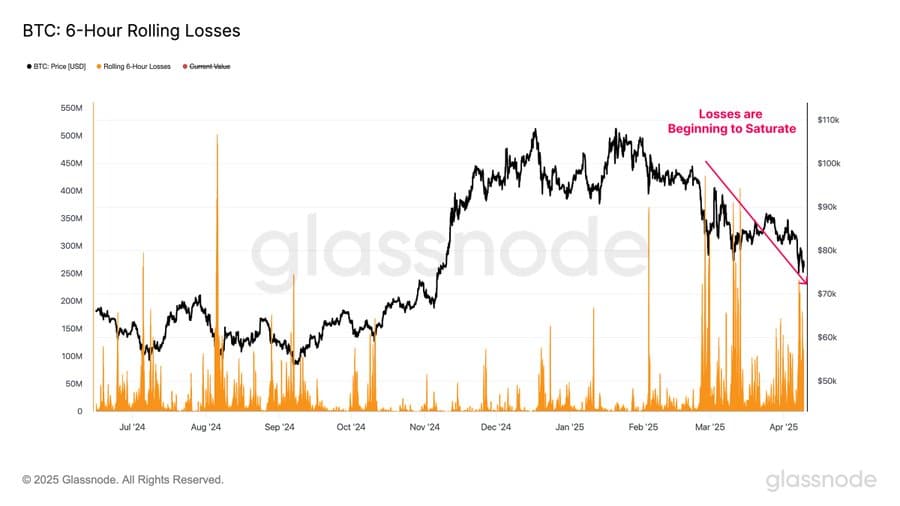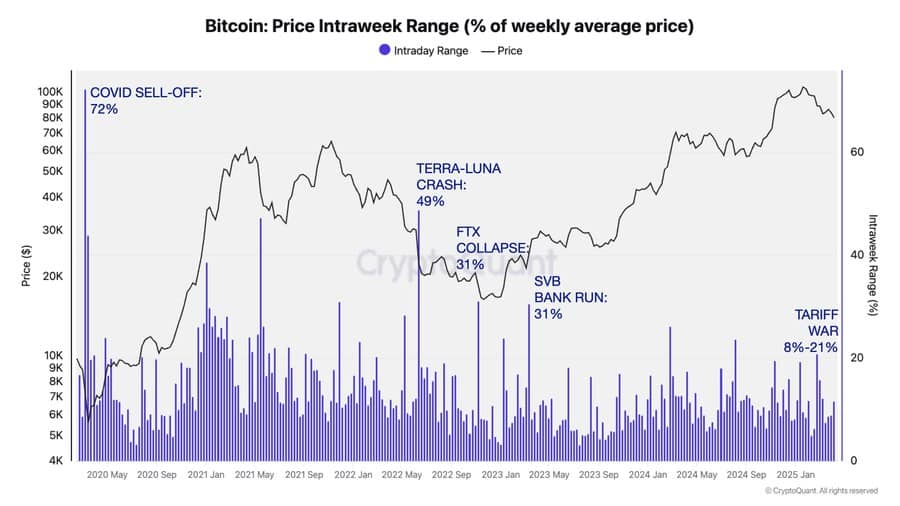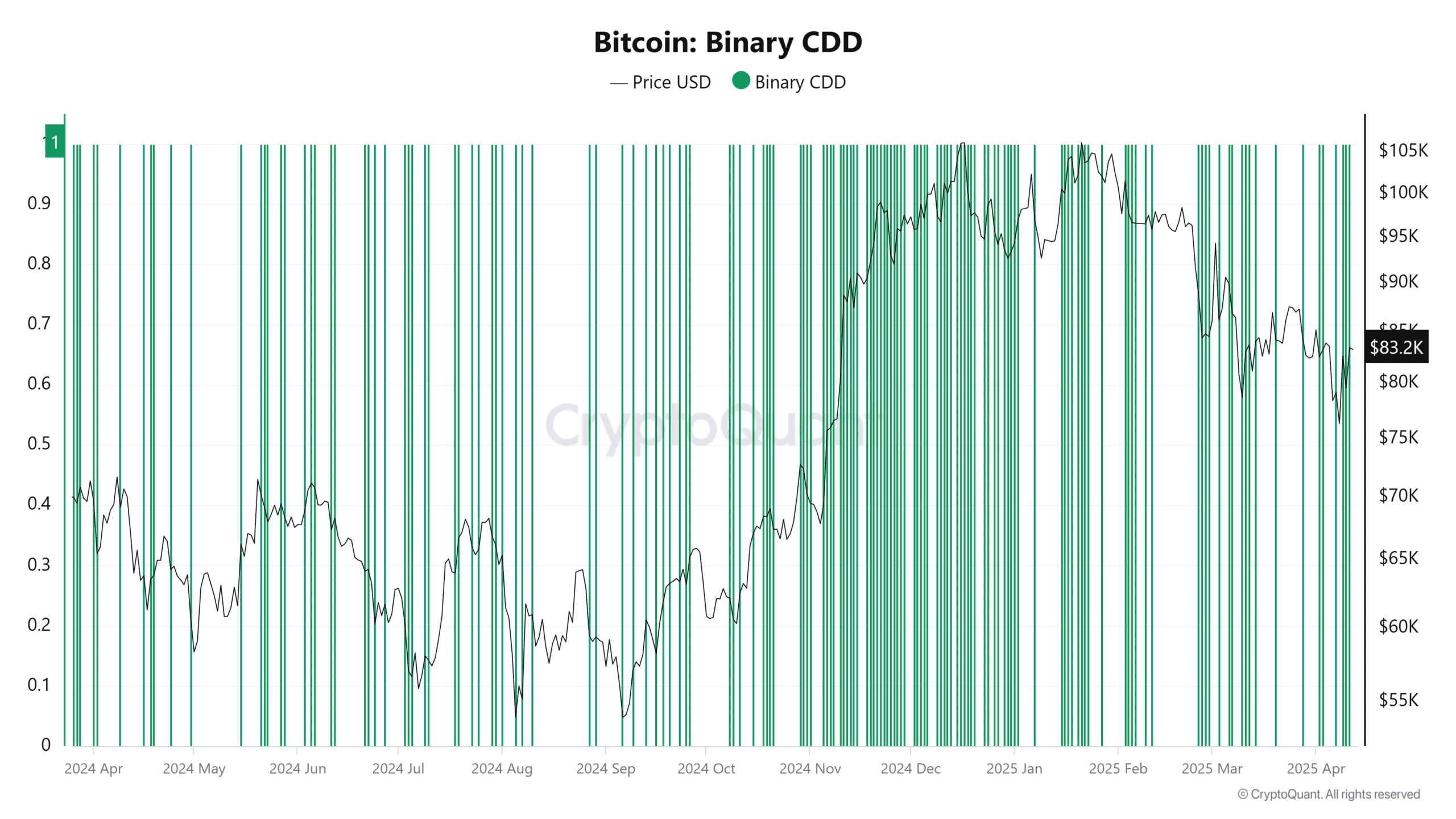-
As market dynamics shift, Bitcoin [BTC] shows signs of recovery amidst seller fatigue and growing institutional interest.
-
Profit-taking activities among Bitcoin sellers are decreasing, suggesting increasing investor confidence despite past market volatility.
-
“Seller fatigue is here and a relief rally could very well be the next chapter,” according to COINOTAG’s analysis.
Bitcoin’s market shows potential for recovery as seller fatigue sets in, with institutional interest on the rise. What’s next for the crypto landscape?
Assessing Seller Fatigue in the Bitcoin Market
Amid recent fluctuations, the cryptocurrency market has witnessed significant changes. Bitcoin, often viewed as the barometer of the crypto ecosystem, has demonstrated a 3.22% increase in value recently, indicating renewed optimism among traders and investors. However, this upswing is also accompanied by underlying trends indicating that seller exhaustion may be emerging.
During the recent market correction, investors faced losses of up to $240 million. Historically, such downturns generate increased selling pressure; however, current data show that realized profits are continually diminishing, which hints at waning selling sentiment. This exhaustion among sellers, if measured against previous market capitulations, could point to an impending rebound for Bitcoin.

Source: Glassnode
A comparison with previous tumultuous events, such as the U.S. tariff-induced declines and the COVID-19 crash, reveals a striking similarity in market patterns. These past capitulation events eventually transitioned into periods characterized by renewed confidence and investment interest.

Source: CryptoQuant
Latest investigations additionally reveal that the Binary Coin Days Destroyed (CDD) metric serves as another enlightening indicator. Currently, it registers a reading of 1, signaling that long-term Bitcoin holders have begun to sell. This action is significant, as it may indicate either profit-taking or loss-minimization amid market declines, both strong indicators of capitulation.
The Prospective Rebound: A Closer Look
The overall sentiment suggests that while short-term traders show impulsive reactions, long-term positions may stabilize as sellers exhaust their options. The confluence of various analytical measures—including shrinking realized profits and historical seller behavior—fortify the notion that Bitcoin is on the cusp of significant market movement.

Source: CryptoQuant
Additionally, the current trends in institutional trading suggest a shift in market dynamics. The decrease in institutional netflows indicates waning selling pressure, with only $1 million in Bitcoin sold, a stark contrast to the previous four-day average of $176.72 million.

Source: CoinGlass
This gradual shift back towards accumulation amongst major operators could provide the necessary fuel for Bitcoin’s next upward movement. As indicated by recent netflows trending negative, Bitcoin is increasingly being allocated into private wallets rather than remaining on exchanges, emphasizing the strength of ongoing accumulation.
Conclusion
In summary, Bitcoin appears to be navigating through a critical phase marked by seller fatigue and new institutional confidence. Historical analysis coupled with real-time market metrics suggests a notable shift could be imminent. As trading strategies evolve, the prospect for a breakout in Bitcoin’s price becomes more tangible, paving the way for potential upturns in the broader cryptocurrency market.
